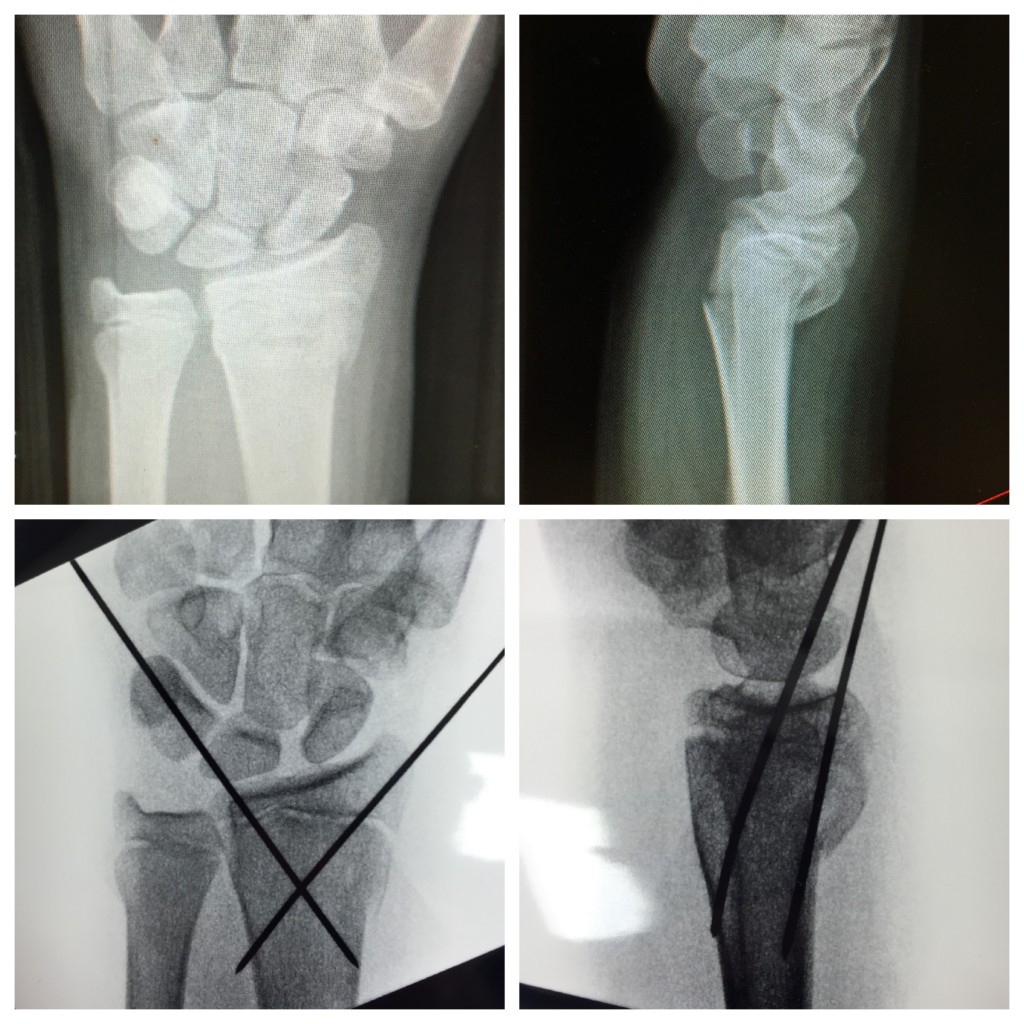


#Distal radius fracture how to
At CHOP, we offer a wealth of resources about how to prepare your child for surgery and what to expect during surgery.This is a summary article. Though surgery for wrist fractures is highly effective, we understand that any surgery can be a stressful experience for children and families. Your child’s doctor will discuss the best way to immobilize your child’s wrist as it heals. To stabilize the fracture and keep the bones in the correct position as they heal, the surgeon may use a cast, metal pins, plate and screws, external fixator or a combination of techniques. A surgeon will make an incision to access the bones in the wrist and move them into better alignment. If your child’s wrist fracture is severe, the bone is broken in multiple places, involves the joint, or the bones cannot be correctly positioned outside the skin, surgery will be necessary.Ī pediatric anesthesiologist will give your child anesthesia to keep them from feeling pain and sensation during surgery. Depending on the complexity of the fracture and how much the area swells after the bone is repositioned, a splint may be used for a few days to allow the swelling to recede before a cast is applied. Once complete, a splint or cast will be applied to keep the bone in place as it heals. Clinicians will give your child a local anesthesia to numb the area, and move the wrist fragments into alignment. In this procedure, the bone is straightened without having to open the skin. If your child’s distal radius fracture is not too severe and the bone is positioned correctly, the broken wrist will likely be placed in a plaster cast until the bone heals.įor children with a simple, displaced fracture - where the bone is not lined up properly - a procedure called a “closed reduction” may be needed to reposition the bone. Treatment for your child’s wrist fracture will depend on the type of fracture, as well as the age and development of your child.Accurate diagnosis helps us determine the best course of treatment for your child.Physeal fracture: Childhood fracture that involves the growth plate of a bone.Ĭomplex, displaced and intra-articular fractures near the wrist can be more challenging to treat and require specialized expertise from experienced physicians.Extra-articular fracture: A fracture that does not extend into the joint.Intra-articular fracture: A fracture that crosses the surface of a joint and results in some cartilage damage.
#Distal radius fracture cracked

#Distal radius fracture skin

Wrist fractures are the most commonly broken bones in the arm.


 0 kommentar(er)
0 kommentar(er)
